
Feline Hyperesthesia Syndrome
Do you notice an obsessive cleaning of your cat? Do you notice biting and/or do you notice tremors in the back? Do you think your cat has a skin problem or perhaps the spine?
Perhaps it could be due to Feline Hyperesthesia Syndrom or Rolling Skin Syndrom.
What is it?
Hyperesthesia means abnormally increased sensitivity of the skin. It is a rare disease seen in nervous or highly stressed cats. It affects cats of any breed and age. It is not lethal and has no cure.
Read: How much do Cats Sleep? Learn all about Cat’s Sleeping Habits
If your cat suffers from this syndrome, it could show excessive sensitivity when touching any point of the spine, chasing its tail, biting itself, running, jumping … It can also choose to chase things that are not present and have very dilated pupils. They could even get injured by excessive licking/biting and pulling their hair trying to alleviate their discomfort.
What produces it?
The cause is unknown, mainly associated with stress, obsessive-compulsive disorder, or even many authors associate it with a type of feline epilepsy. Hyperesthesia syndrome could be triggered by problems with electrical activities that occur in the brain and are responsible for controlling predatory behavior, grooming, and emotions.
Must Read: How To Remove Cat Urine Smell From Fabric
An interesting fact is that cats that suffer from it have been shown to have injuries to the muscles of the spine, which either cause or contribute to causing discomfort in the spine.
Signs
 During the episodes, muscle spasms occur in the back, and ripples from the shoulder to the tail, rapid and aggressive movement of the tail, dilated pupils can be observed.
During the episodes, muscle spasms occur in the back, and ripples from the shoulder to the tail, rapid and aggressive movement of the tail, dilated pupils can be observed.
These seizures last from seconds to a few minutes and then they run off as if something scares or is chasing them. Some specimens may have seizures during or after the attack.
In some cats it can be easily noticed but in others it is difficult to detect. A lot of attention must be paid to carry out an early diagnosis and, at this point, the role of the owner is fundamental: animals that feel that something is “attacking” their back and, consequently, lick excessively and / or bite and pull their hair from the area they are susceptible to suffering from feline hyperesthesia.
How do we diagnose it?
The diagnosis is obtained by ruling out other conditions and diseases that cause similar symptoms and behaviors: parasites, dermatological problems, musculoskeletal pain…. Once discarded, we can reach the diagnosis of feline hyperesthesia.
First of all, a behavioral history should be taken, the animal examined well. In addition, we must perform a battery of general complementary tests: blood count, biochemistry, and thyroid hormone analysis. On the other hand, investigate if you can suffer from flea bite allergy dermatitis, since in animals with severe joy it can cause itching and irritation of the skin, licking/biting / scratching aggressively and causing injuries to it. It is also important to rule out skin problems, sometimes excessively dry skin can cause itching and ensure the absence of diseases that cause pain in the spine, muscles, or joints, such as trauma, abscesses, anal sac problems, organ damage, tumors.
Treatment is based on reducing stress and changing environmental patterns. In the last case, it can be tried with medical treatment to reduce anxiety, corticosteroids and VNA treatment.
Guidelines for reducing stress.
- Hormone diffusers, such as Feliway, are recommended at various points in the house. Its use should be prolonged 24 hours a day.
- It is recommended to leave the TV or radio on when leaving the house, even some light if it is at night so that you do not feel alone.
- Try to make time every day, at least 5-10 minutes, 3 times a day to play with your cat, with interactive toys, lights …, and change the toys so that he does not get bored with it.

- It is important that you have a scratching area at various points in the house since scratching helps relieve stress. One trick: Catnip Spray can be used to induce scratching in these places.
- If there is more than one cat in the house, you have to separate the areas for each animal: each one must have individual feeders, drinkers, litter boxes, and rest areas in different areas. Above all, it is important to have more than one item per animal, especially litter boxes and feeding containers.
- Provide elevated areas for observation and rest (stairs, raised platforms, high scrapers, shelves …).
- Encourage foraging behavior: preferably wet food as it has more odor and more water. It can hide in certain objects or corners of the house, to stimulate the tracking behavior.
- Use of agglomerating or normal sands without aromas.
- Avoid excessive manipulation, it must be the cat who decides the degree of contact he wants to have with the owners.
- VERY IMPORTANT TO MAINTAIN YOUR DAILY ROUTINE: Always feed him at the same time, freshwater changed daily. Daily cleaning of the sandbox.
If you notice an episode is starting, divert their attention. Throwing a toy at him,
stroking him on another part of the body, offering him a snack of food … any of these suggestions can help slow the process.



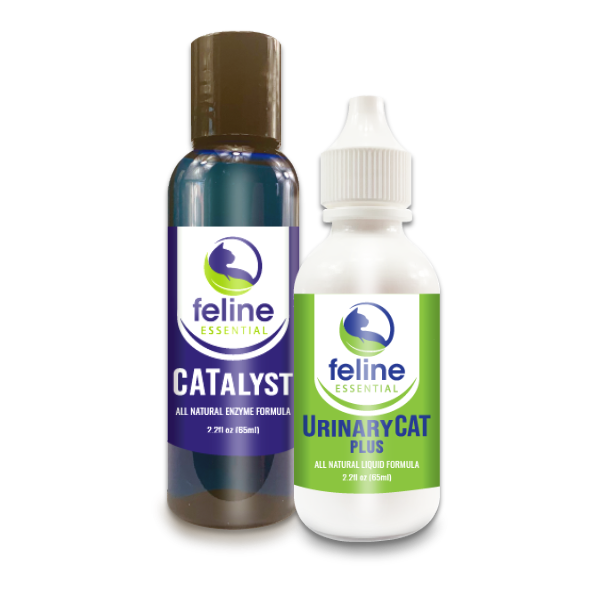

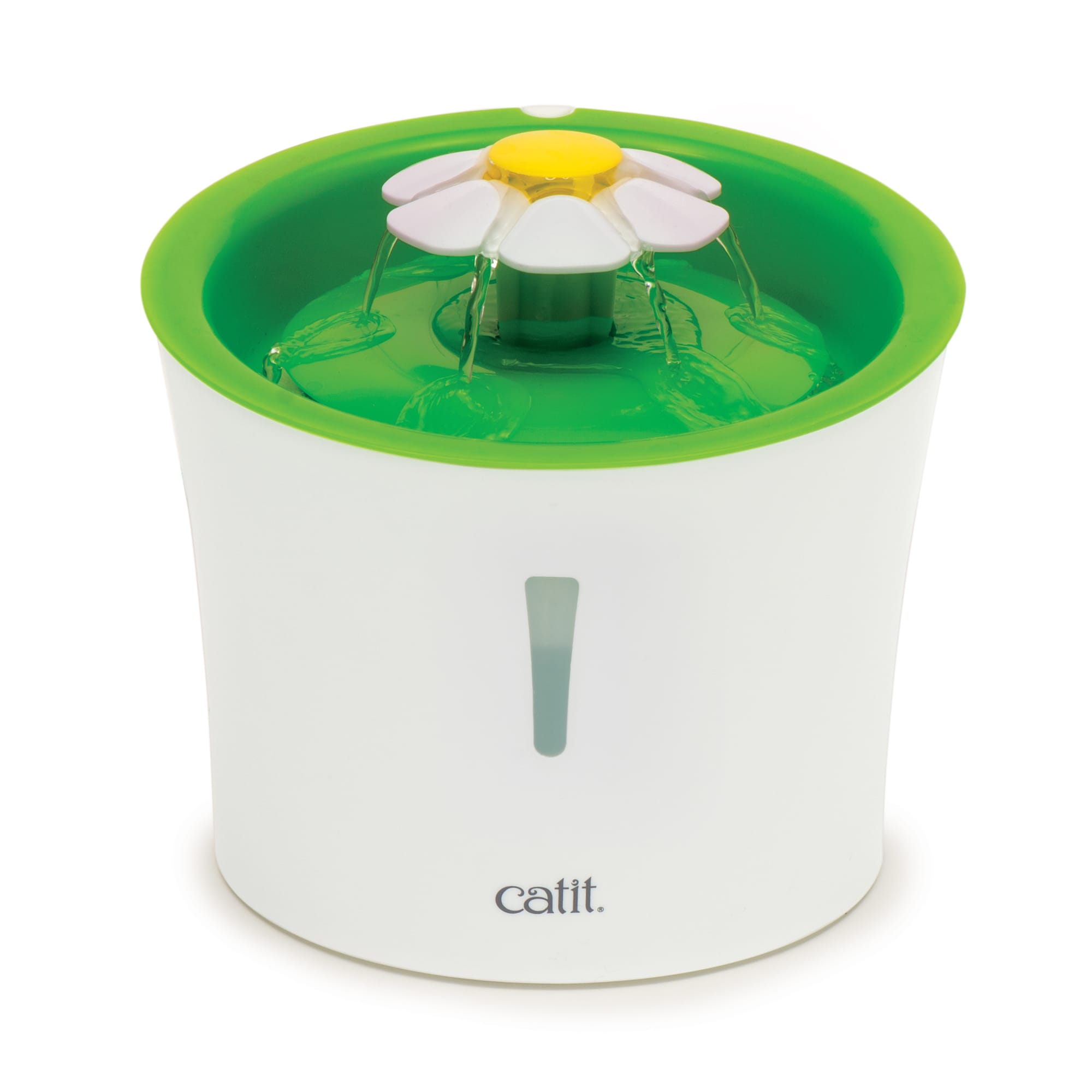
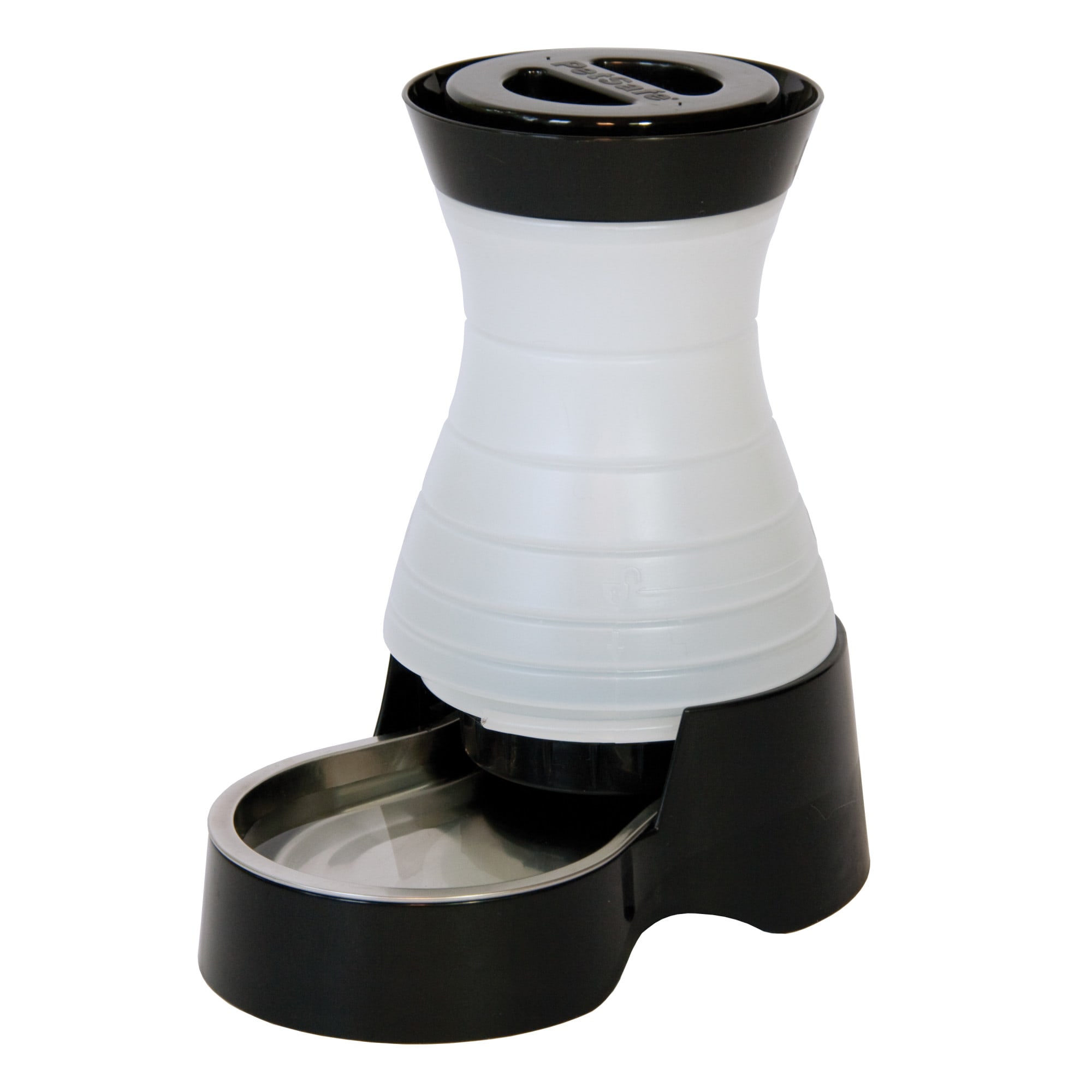
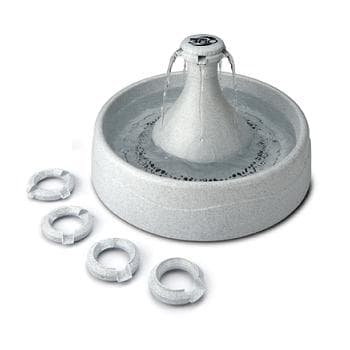
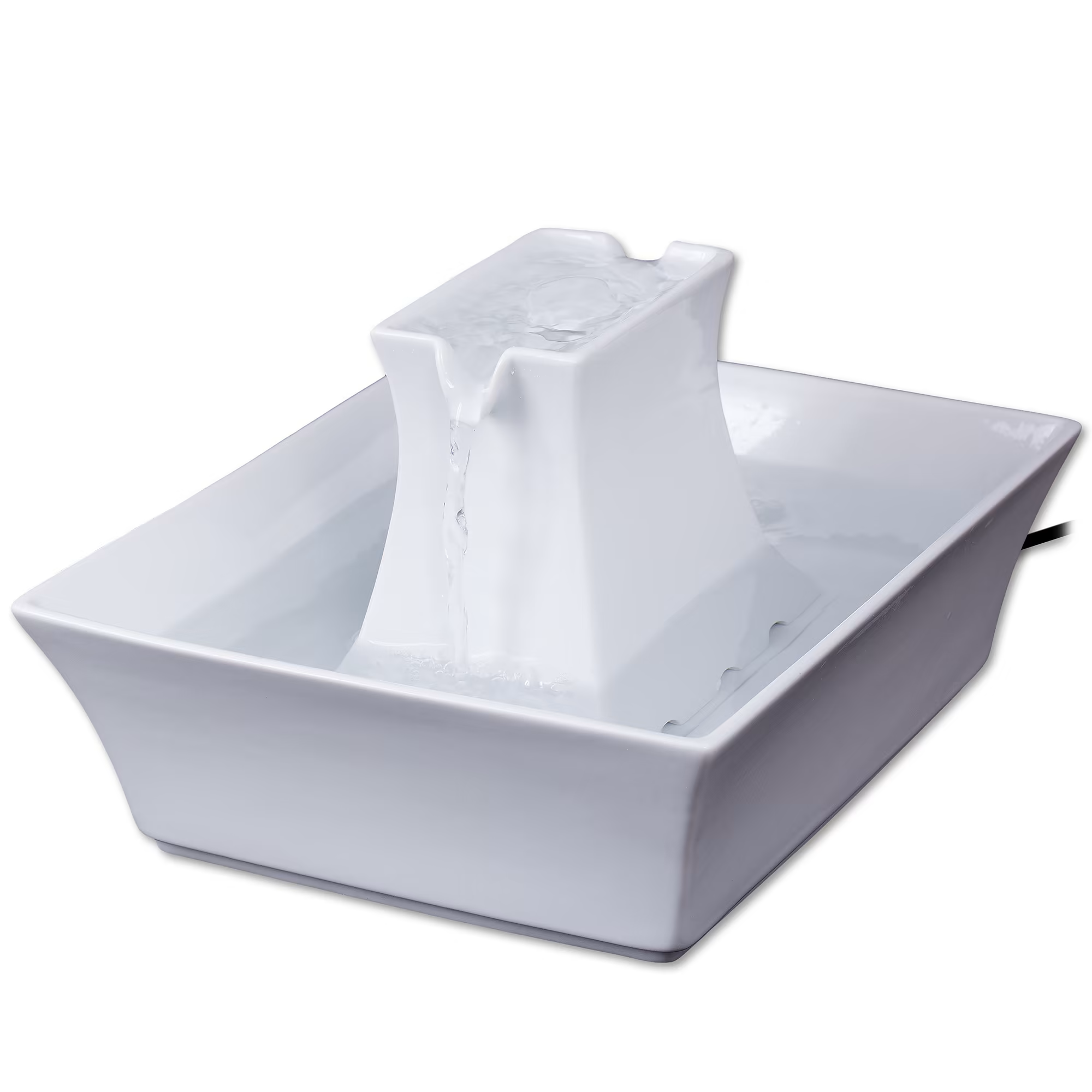

Recent Comments